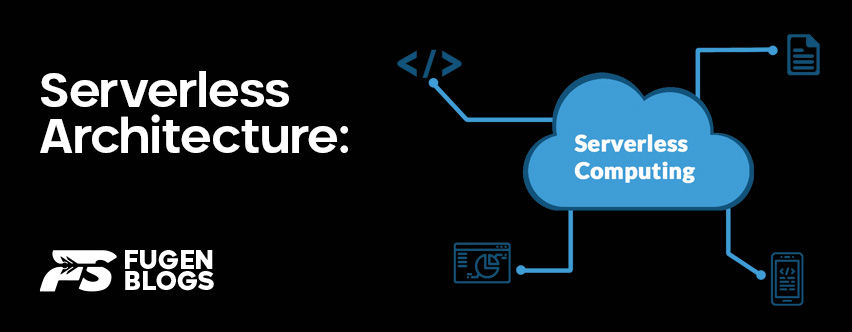In the fast-paced world of web development, scaling web applications to meet growing user demands is a constant challenge. Serverless architecture emerges as a powerful solution, offering developers the ability to scale applications effortlessly while reducing operational overhead. In this blog, we will explore the concept of serverless architecture, its advantages, and how it simplifies the process of scaling web applications.
Table of Contents
What is Serverless Architecture?
Contrary to its name, serverless architecture does not mean there are no servers involved. Instead, it refers to a cloud computing model where cloud providers manage the underlying infrastructure, allowing developers to focus solely on writing and deploying code. In a serverless environment, the cloud provider automatically provisions, scales, and manages the necessary resources, eliminating the need for developers to worry about server management.
The Advantages of Serverless Architecture:
- Seamless Scalability: Serverless architecture provides automatic scaling, ensuring that your web application can handle fluctuating workloads without manual intervention. As the number of users or requests increases, the cloud provider scales resources up or down, accommodating changes in demand effortlessly.
- Cost Efficiency: With serverless architecture, you only pay for the actual compute resources used during the execution of your code. There are no fixed server costs, making it an economical choice, especially for applications with variable traffic patterns.
- Simplified Deployment: Serverless architectures simplify the deployment process. Developers can focus on writing code and deploying functions or services without the need to manage server configurations or deployment pipelines.
Comparison Table: Traditional vs. Serverless Architecture
| Aspect | Traditional Architecture | Serverless Architecture |
|---|---|---|
| Server Management | Manual provisioning and management | Automatic scaling and management |
| Scalability | Manual scaling of servers | Automatic scaling based on demand |
| Cost | Fixed server costs | Pay-as-you-go model |
| Deployment | Complex deployment pipelines | Simplified code deployment |
Stats on Serverless Architecture Adoption:
- According to a survey by Serverless Inc., 41% of respondents use serverless architecture in production, and 38% are planning to adopt it.
- A report by Gartner predicts that by 2025, 20% of global enterprises will have adopted serverless computing as part of their cloud strategies.
FAQs:
- Q: What cloud providers offer serverless computing options?
- A: Major cloud providers like AWS Lambda, Microsoft Azure Functions, and Google Cloud Functions offer serverless computing services.
- Q: Can serverless architecture be used for all types of web applications?
- A: While serverless architecture is suitable for many types of applications, it may not be the best fit for applications with long-running processes or constant high workloads.
- Q: Does serverless architecture eliminate the need for DevOps?
- A: While serverless abstracts server management, DevOps practices are still essential for application design, deployment, and monitoring.
Conclusion:
Serverless architecture revolutionizes web application development by simplifying scalability and reducing operational complexities. The automatic scaling and cost efficiency of serverless environments makes them an attractive choice for modern web applications. As the demand for scalable and cost-effective solutions grows, serverless architecture continues to gain momentum as the go-to approach for developers seeking to scale their web applications with ease. Embrace the power of serverless architecture and unlock new possibilities for your web applications in a rapidly evolving digital landscape.


Leave a Reply